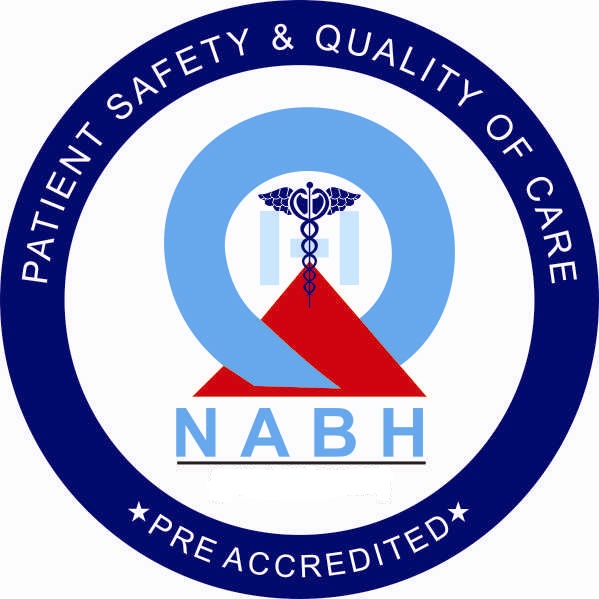What is urinary incontinence?
The term ‘Incontinence’ means lack of control. Urinary incontinence refers to the leakage of urine with no control over it. A large proportion of children who suffer from bed wetting or day time wetting do not have any major medical problem. They belong to a group called ‘Bladder Dysfunction’ which settles in course of time by itself or with the help of some medication. In children born with birth defects of the spine the incontinence is constant and can be a considerable problem. This is referred to as ‘Neuropathic Bladder’ or ‘Neurogenic Bladder’
What are the causes of neuropathic bladder?
In the condition called ‘Meningocele’ the spine is not closed fully and the baby is born with open spinal cord or a swelling in the back. These children undergo a neurosurgical correction at birth and present later with urinary incontinence by 4-5 years of age. In some children the back is normal to look but the spinal abnormality is hidden. Only on evaluation with further test like MRI scan a defect like spina bifida or tethered cord is detected. Spine injuries or injury to the nerves during an operation on the bowel within pelvis [‘pull through’ operation] also can cause damage to the bladder nerve supply.
What are the features of neuropathic bladder?
These children suffer from constant dribbling of urine and very severe leakage of urine. They may suffer from recurrent urinary infection. The may also have very poor control of bowel. This may be in the form of constipation or severe soiling of liquid stools. Some of them might also have associated problems like leg spasticity or deformity.
What are the risks faced by these children?
The nerve supply of the bladder and muscles that control urine are affected. The storage capacity as well as emptying capacity is impaired because of this. Stagnation of urine can predispose to recurrent urine infection. The bladder muscle generates high pressures during filling or emptying. The urine might go upstream towards the kidneys (reflux). The pressure and recurrent infections might damage the kidney and cause kidney failure.
What are the tests required?
Initial assessment of these children begins with an ultrasound scan to see whether the kidneys are affected and whether the bladder empties fully. A test called MCU identifies the shape of bladder and the presence of reflux. A more detailed assessment of bladder pressure and storage capacity can be done with a test called urodynamics. In this a computer records the bladder pressure during filling with saline.
What are the treatments available?
If the bladder pressures are high, a medicine is prescribed to relax the bladder. Constipation if present has to be treated effectively with medicine or enemas. When emptying of urine is a problem, these children need to use a small tube (catheter; pronounced ka- thee- ter) to empty the bladder. This procedure called ‘clean intermittent catheterisation’ is essentially passing the tiny tube via naturalis to empty the bladder using clean hands. Initially the parents may have to do this and once older the children learn how to do it. The very idea of passing a tube down the penis is worrying to the parents, however, worldwide a large proportion of children and adults have learnt this procedure and have prevented kidney failure and transplantation successfully. Initially there might be some reluctance, but once learnt this can be easily done as a routine. Often people worry about introducing infection as they pass tubes. In fact more people are saved from urine infection by regular emptying of bladder with a catheter.
When is surgery required?
Sometimes the bladder is too small and does not store enough urine. It may also generate high pressure and can cause kidney damage. In such a situation, the bladder is enlarged by an operation using a piece of bowel. This procedure called bladder augmentation increases the bladder capacity and reduces the pressure. Once this procedure is done, the bladder needs to be regularly emptied with catheterization. If catheterization via natural route is not possible because of pain or some other defect, they need a surgery called ‘Mitrofanoff’. In this procedure the appendix is used to create a tunnel between the belly and bladder. Through this a tube can be passed more easily without pain to empty the bladder.
Key Points
- Constant leakage of urine and a bad urine odour can affect the child’s self image if left untreated.
- In modern medicine childhood urinary incontinence can be effectively treated.
- Prompt treatment can prevent multiple urine infections as well as kidney failure.


